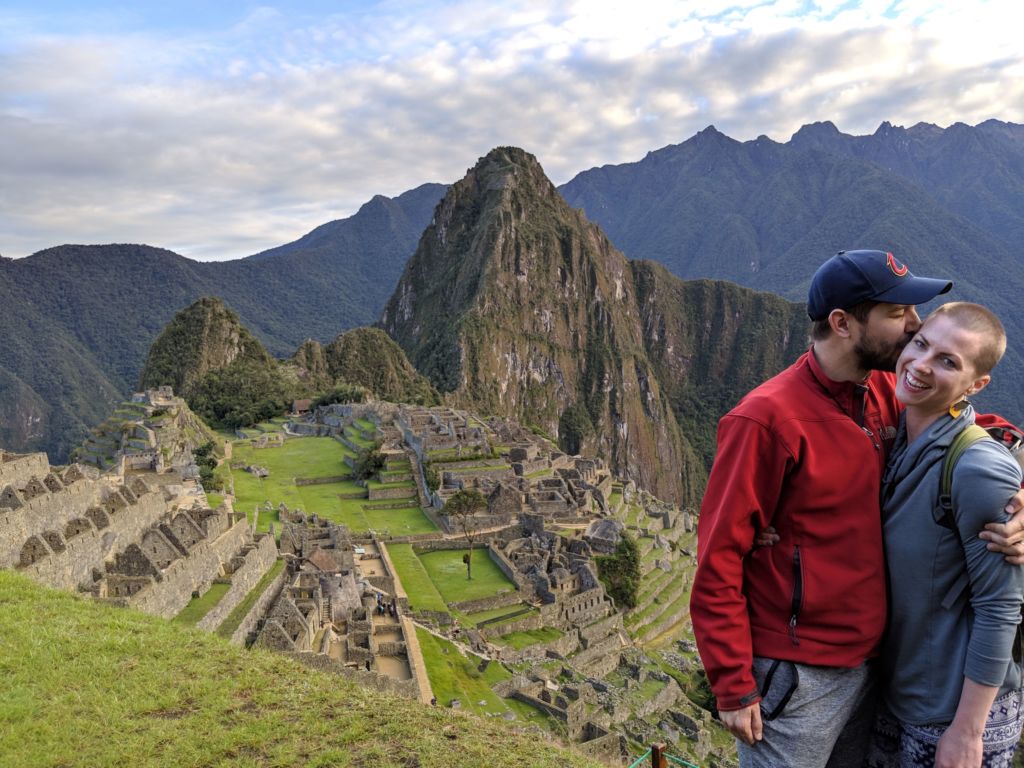Meet our new postpartum doula, Jamie!
We are excited to have Jamie join our team. As a yoga instructor, she brings a sense of calm and balance to a room that immediately sets you at ease. Let’s learn more about her!
What did you do before you became a doula?
I spent a glorious taco-and-sun infused 6-years in Austin, Texas, doing communications for the mother’s milk bank, traveling, and writing historical fiction for a start-up fashion brand, and later hustling as a project manager at a digital strategy agency. Now back in the mitten, I teach hot yoga at Yoga Fever and work part-time as the storytelling coordinator at Treetops Collective, a non-profit that supports New American women.
What inspired you to become a doula?
I’m passionate about supporting and advocating for women. I’ve babysat since I was “old enough” (which was 12 because it was the 90s…) and have always been fascinated with pregnancy, childbirth, and motherhood. So becoming a doula made perfect sense––empowering new moms in this amazing new stage of life. I want new parents to be confident in their innate skills as the perfect parent for their child—resisting the temptation to compare themselves to others, and ignoring the overwhelming opinions and conflicting messages that barrage them daily.
Tell us about your family.
My husband Chris and I met in Chicago 8 years ago and when he got accepted to grad school in Texas, I crazily agreed to move with him after only dating 6 months. We’ve been married for 4 years now, so it turns out maybe I wasn’t that crazy. We moved back to Michigan last year and bought a home in the South East End of GR and are eagerly expecting our first baby this summer. Until then, our two big dogs and 6-toed cat continue to keep us vacuuming.
What is your favorite vacation spot and why?
The best vacation I’ve ever been on was to Peru this past spring. We got the city and coastal experience in Lima and the historic, mountain setting in Cusco, and topped it off with a bucket-list hike of the Incan Trail to Machu Picchu. The culture, landscape, people, food, and history of the country was beyond incredible––10 out 10 would recommend this trip.
Name your top five bands/musicians and tell us what you love about them.
Whew, impossible to choose! How about 5 albums I’ll never get tired of?
Lucius, Good Grief
Solange, A Seat at the Table
Prince, Purple Rain
Paul Simon, Graceland
Fleetwood Mac, Rumours
What is the best advice you have given to new families?
You are so strong. You are capable of so much more than you think you are. One day at a time.
What do you consider your doula superpower to be?
As a project manager at heart, I’m all about strategizing to meet goals. I love to help parents develop a plan for meeting their parenting goals––be it with developing a schedule, breastfeeding, sleep shaping, whatever.
My doula superpower kicks in when things get tough and sticking to the plan is overwhelming. I’m there as a calm and reassuring presence––even in the face of endless crying and sleep depravation—to support and encourage parents to keep at it and work towards success. It’s rewarding to watch these parenting wins—when they are reminded of just how capable they are.
What is your favorite food?
I love Indian food. Lately I can’t stop requesting my husband make us butter chicken in the InstaPot—with lots of garlic naan on the side (you’re going to want this recipe—just ask me for it).
What is your favorite place in West Michigan’s Gold Coast?
I love the beaches of Lake Michigan––during my time in Texas, I really missed my Great Lakes. Growing up, our family spent many summer weekends camping in South Haven—going to the beach and eating huge waffle cones at Sherman’s Ice-cream so that gets my vote for nostalgia.
What are you reading now?
This book has been on my reading list since I had the opportunity to meet the author, Jessica Shortall, during my time at the Mothers’ Milk Bank at Austin, and I’m finally diving in: Work. Pump. Repeat: The New Mom’s Survival Guide to Breastfeeding and Going Back to Work.
And when I’m done with that, The Happiest Baby on the Block by Harvey Karp is queued up on my nightstand.
Who are your role models?
I am inspired by strong women who support one another, follow their truth, and live their passion. My social media feed is full of amazing women who get me all fired up in the way they advocate for body positivity, social justice, equality, mental health—here are a few of my faves: Frida Kahlo, Ruth Bader Ginsberg, Beyonce, Rupi Kaur, the fine ladies of the My Favorite Murder podcast, Karen Kilgarif and Georgia Hardstark, Ilana Glazer, Christiane Amanpour.
Meet our new postpartum doula, Jamie! Read More »



